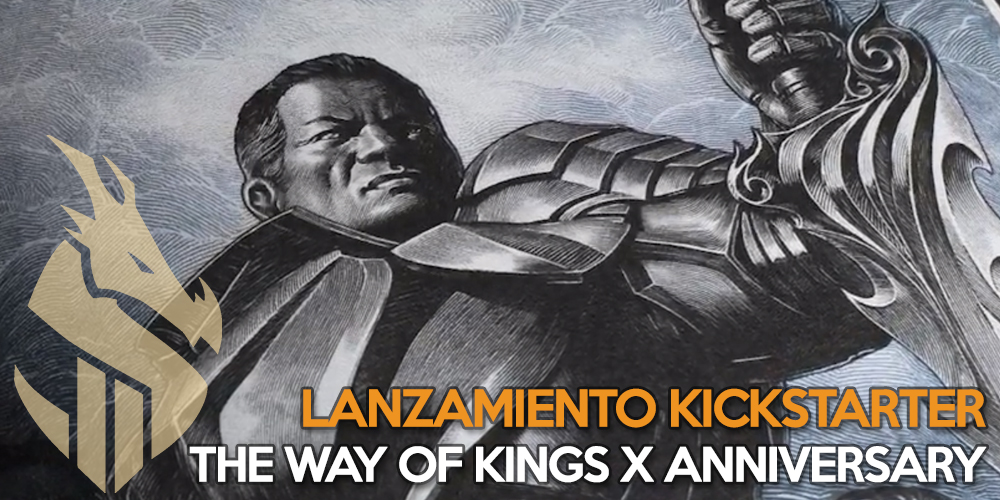


But rumors spread about this giant diamond guarded by a goddess, and it became the object of violent conquest. It looks like glass.ĭEVARAPALLI: Even the priests - they were not knew that.ĭEVARAPALLI: It's a top-secret place to hide the diamond.įRAYER: It worked for a couple centuries at least. One of those eyes was filled by the diamond.ĭEVARAPALLI: So one of the eye was the diamond, which no one knows except the kings. She has these deep, black holes for eyes. UNIDENTIFIED GROUP: (Chanting in non-English language).įRAYER: Saffron-robed monks are chanting prayers around a big, golden deity of the goddess Durga. Inside the statue of a Hindu goddess in a temple that still stands today in the southern city of Virunga. At the time, India was full of warring states, and the kings, needing to keep their diamond safe, hid it in plain sight.įRAYER. While pulling the clay, they found the diamond.įRAYER: It was the size of a coconut, and they brought it to their then-rulers, the 12th century Hindu kings of the Kolkata dynasty. So they used the wet clay, which is next to the riverbanks.

And there were no soaps or no any cosmetics at the time. MOHAN DEVARAPALLI: In the earlier times, people used to go to the rivers and take baths. My guide Mohan Devarapalli (ph) explains. This is where, legend has it, 800 or so years ago, someone stumbled upon what was then the biggest diamond in the world. LAUREN FRAYER, BYLINE: Centuries before humans began mining diamonds deep underground, gems were discovered only when they worked their way up to the Earth's surface in places like this.įRAYER: A muddy tributary of India's Krishna River. NPR's Lauren Frayer begins this report in southern India. Others call it a 100-carat symbol of imperial plunder. Some say it was a gift to Queen Victoria. The royals have decided to leave out one of their most glittering crown jewels. But this next story is about what you won't see. You'll see lots of pomp and tradition at the ceremony in London. This Saturday is King Charles III's coronation.


 0 kommentar(er)
0 kommentar(er)
